Indian pittas roost in trees.[23] They feed on insects and other small invertebrates that they usually pick up from the ground or leaf litter. They have also been noted to take kitchen food scraps from the ground.[26]
They breed during the south-west monsoon from June to August, with peaks in June in central India, and in July in northern India.[27] The nest is a globular structure with a circular opening on one side built on the ground or on low branches. It is made up of dry leaves and grasses. The clutch is four to five eggs which are very glossy white and spherical with spots and speckles of deep maroon or purple.[19][23]
Avian malaria parasites have been noted in the species.[28] Five out of thirteen birds in an ectoparasite survey were found to have the tick, Haemaphysalis spinigera.[29]
Their seasonal movements associated with the rains have not been well studied.
Indian Pitta bird sculpture/model
Indian Pitta (Pitta brachyura) is a favourite among birdwatchers in India. It breeds in the central and northern parts of the Indian peninsula and migrates to South India during winter.
During summer, it is very bold and conspicuous, often calling in the open. But it becomes shy and secretive during winter, calling and showing itself only during dawn and dusk.
Indian Pitta is especially prone to collisions with glass facades and buildings during autumn migration in South India
pitta, (family Pittidae), any of about 30 species of exceptionally colourful Old World birds making up genus Pitta (order Passeriformes). Because of their brilliant plumage, they are sometimes called jewelthrushes. All are stub tailed, long legged, and short necked. They have a rather stout bill and are 15–27 cm (6–11 inches) in length. Most species are found in the Indo-Malayan region, with some ranging to the Solomon Islands; four occur in Australia and two in Africa.
The Indian pitta (P. brachyura) is typically colourful, with shimmering blue wing plumage. The blue-winged pitta (P. moluccensis), whose wings are not only blue but also emerald, white, and black, is common from Myanmar (Burma) to Sumatra. The eared pitta (P. phayrei) is less colourful but sports deep chestnut hues and a distinctive set of white pointed head plumes.


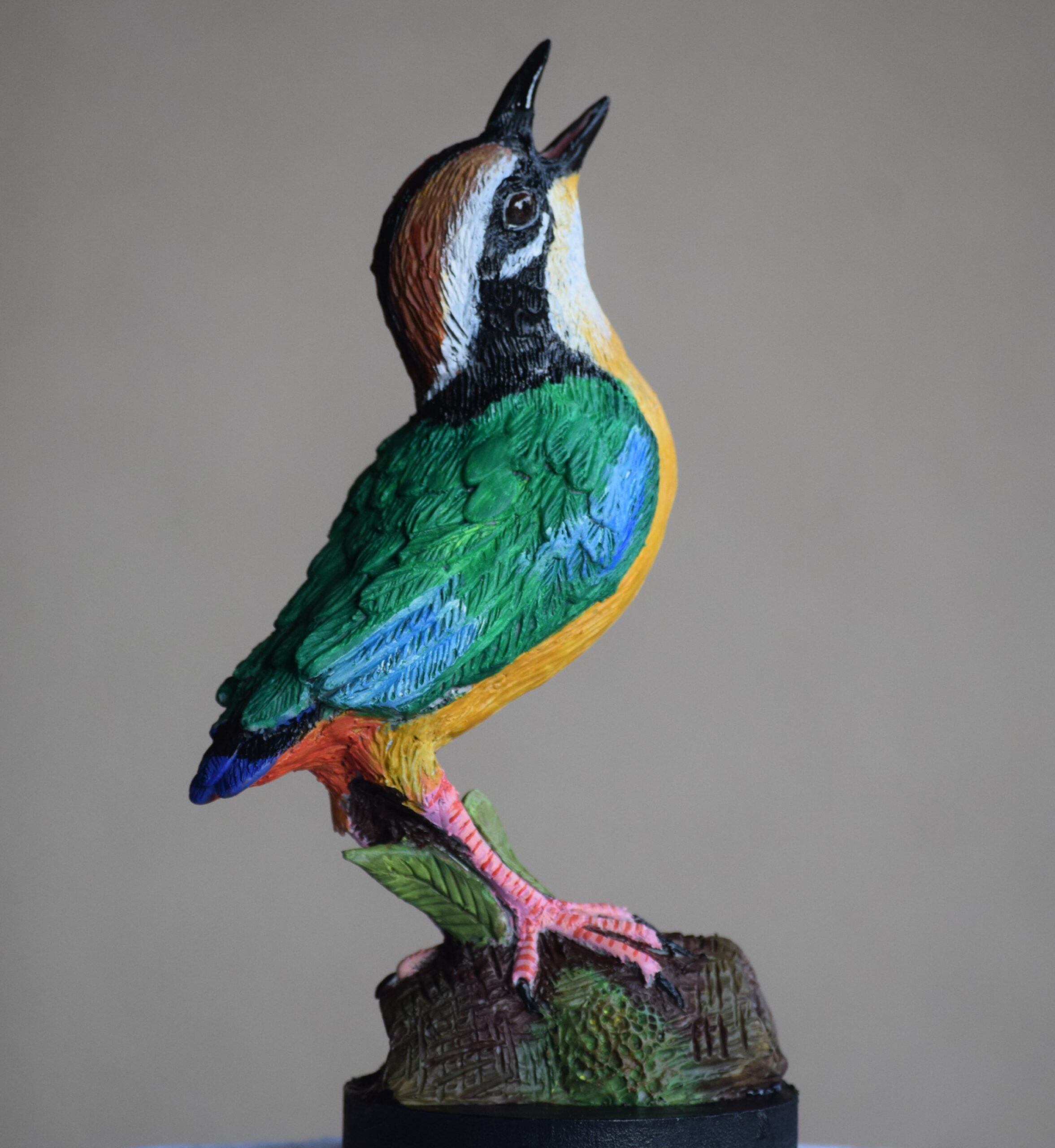
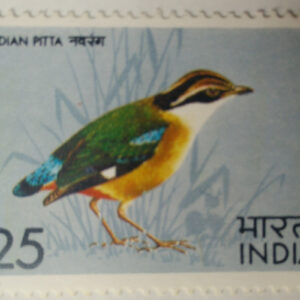


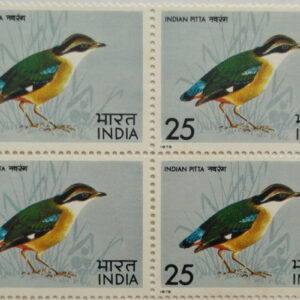


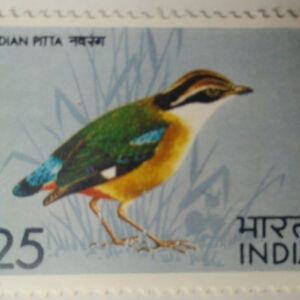


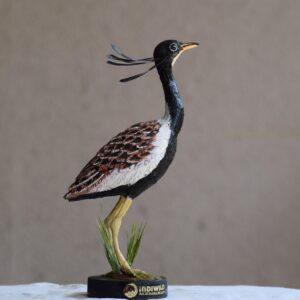
Reviews
There are no reviews yet.